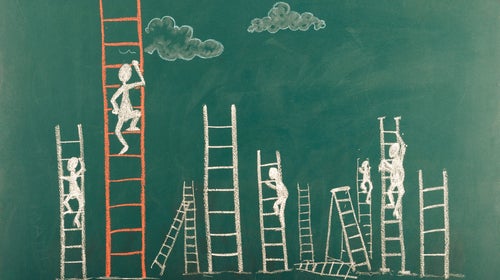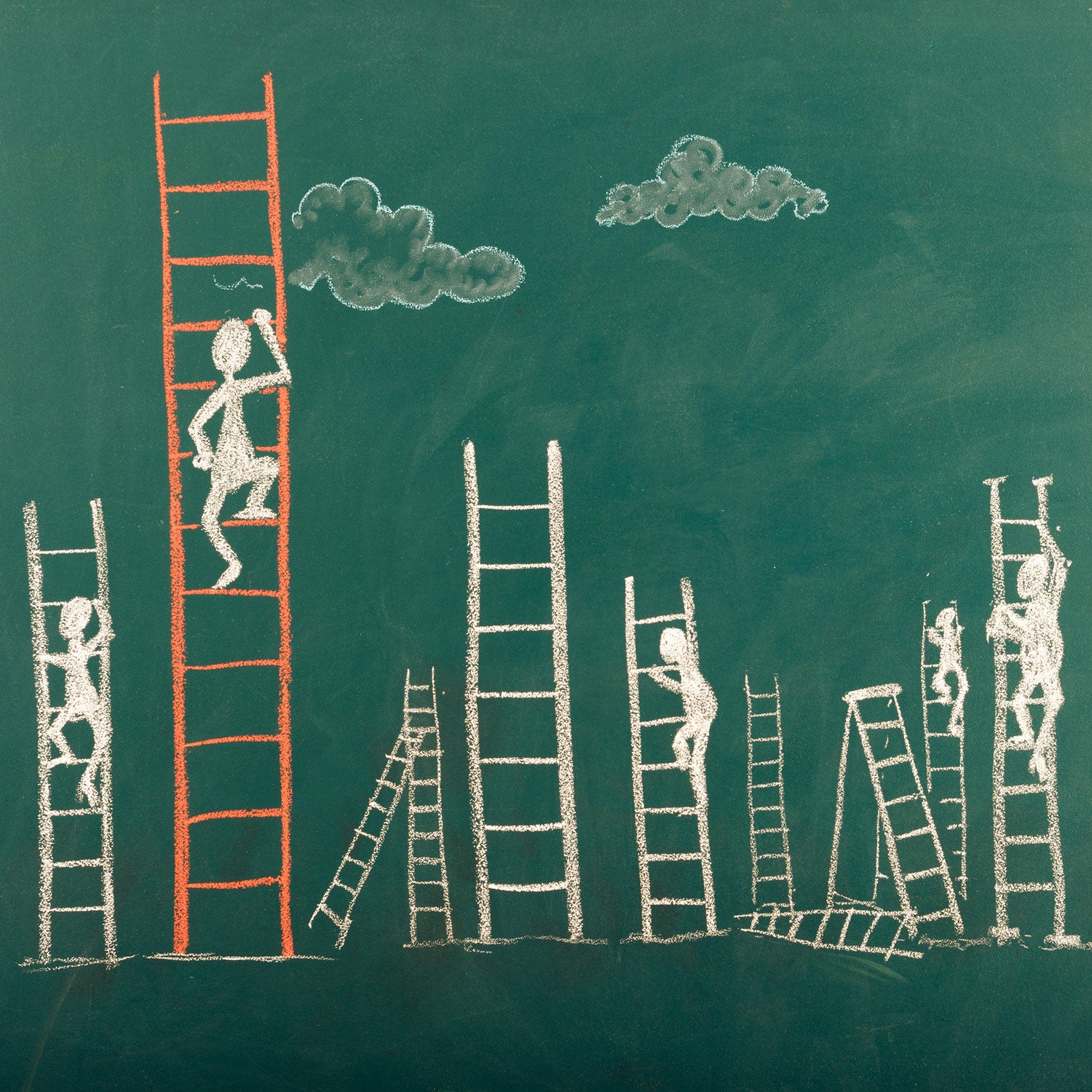Twenty months after COVID arrived on American shores and brought with it—in addition to so much hardship—a historical shot in the arm for the outdoor economy, we’ve hit a point at which industry experts are probably going to begin self-sorting into two groups. Half will say the ride is almost over, expect sales to level off any day. The rest will say we’re still in boom days, folks, and the bubble’s not bursting any time soon.
If and when that debate gets going, I’ll be inclined to side with the latter camp. For proof, look no further than September’s steady drumbeat of acquisition news.
We saw three big buys that, in any other year besides a pandemic one, might have left experts scratching their heads. In late 2021, I say they make perfect sense. Dometic, the publicly traded Swedish manufacturer of accessories for campers and RVs, snapped up Texas-based cooler brand Igloo for $677 million, claiming the buy will “significantly strengthen Dometic’s offering…for the outdoor market in North America.” That’s code for “sell coolers to first-time campers.” And it makes sense: according to the 2021 North American Camping Report from Kampgrounds of America, the number of U.S. households that identify as “active campers” grew by a record 3.9 million in 2020.
Solo Stove, a camp cooking brand evidently flush with a boatload of private equity money, finalized an acquisition spree and now controls two new direct-to-consumer companies in the paddlesports category. No surprise there either: paddlesports sales also boomed during the pandemic. In February 2021, a year after the start of COVID crisis, kayak sales were up 51 percent over February 2020.
Even in related categories that aren’t booming right now—adventure travel, for instance—individual players are betting on the rising tide to lift those ships in the long term. Travis Campbell, a longtime industry executive, bought the decades-old travel brand Eagle Creek after its current owner, VF Corporation—parent company of The North Face, Smartwool, and others—made the decision to sunset it earlier this year.
In other words, the smell of money is in the air. Cotopaxi is now openly trumpeting its plans to become a billion-dollar brand in the next decade. The governor of Utah is publicly begging the industry cash cow that is Outdoor Retailer to return to Salt Lake City from Denver. And Dick’s Sporting Goods is charging ahead with its plans to own a slice of the outdoor market by creating a new line of stores that specialize in tents and sleeping bags rather than the more traditional sporting equipment Dick’s has, until now, built its business around.
It’s all very exciting. But what of the outdoor economy’s soul as all this expansion takes place? There’s nothing like rapid growth and an influx of cash to nudge a still-nascent industry off its spiritual path (looking at you, Silicon Valley). The outlook is less sunny in areas like diversity and inclusion, which the industry still can’t seem to get right, though some are trying. The California ski resort formerly known as “Squaw Valley” finally changed its ludicrously problematic name, for instance. Elsewhere, certain conscientious companies are continuing to live their values—like Patagonia, which signed a public statement denouncing the new Texas abortion ban.
Still, there’s work to do to keep pace with a maturing consumer ethos. An intriguing new study from Cairn (one of our sister brands) shows just how out of touch apparel companies remain when it comes to product sizing. Outdoor consumers are no longer the predictable, clicky insiders they once were. The industry is changing. If we want to avoid hollowing out the moral center, our largest businesses need to keep that in mind, too—despite how pleasant those bottom lines are looking right now.


